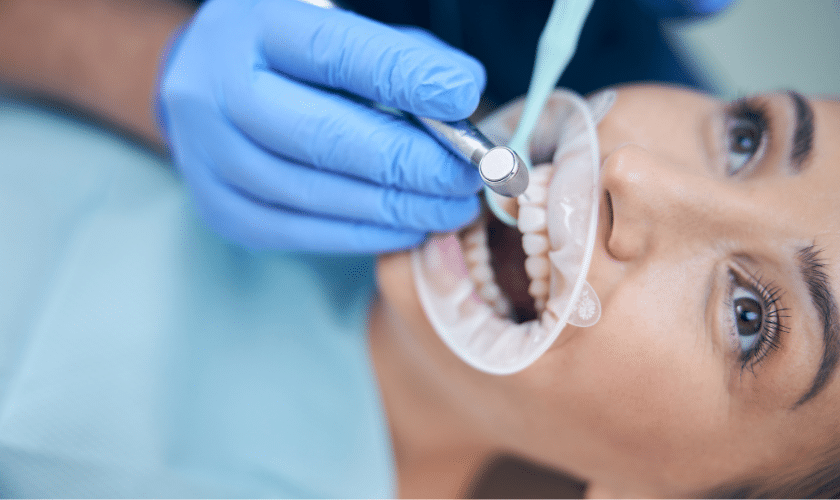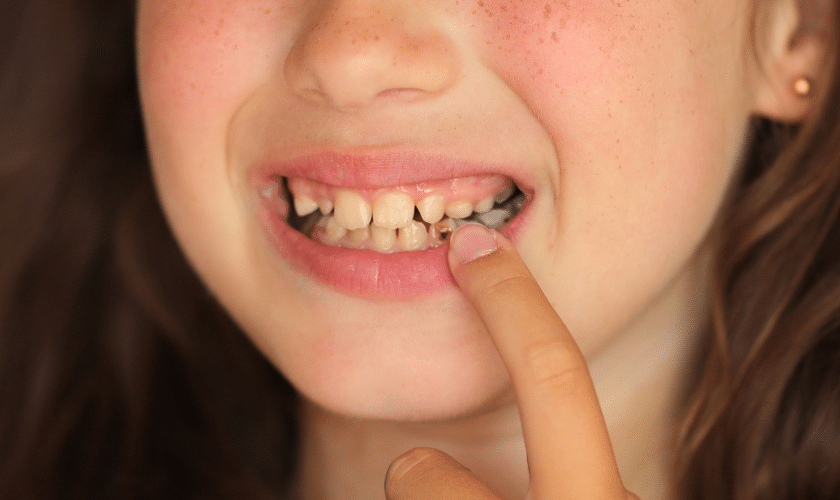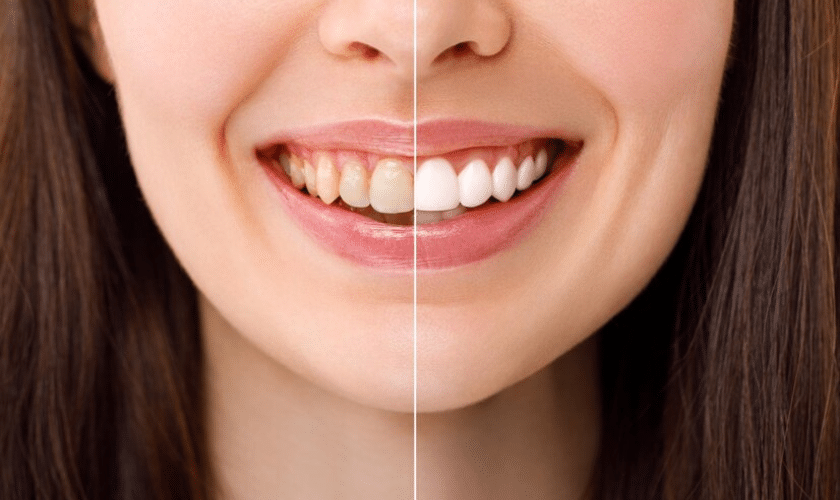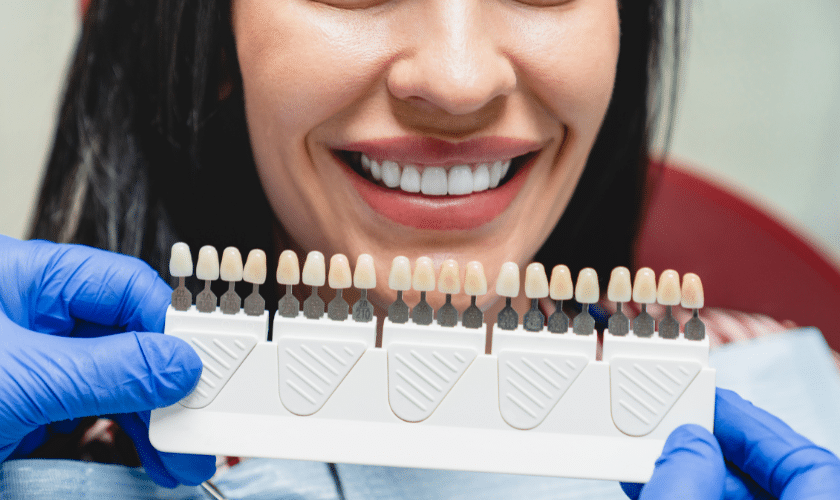Ensuring a healthy smile involves more than just brushing and flossing. Regular dental check-ups are essential, but sometimes, problems can arise between visits. Understanding the signs that you might need a dental filling can save you from more extensive dental procedures down the road. Here’s what to look out for.
Tooth Sensitivity
Tooth sensitivity is often one of the earliest signs of tooth decay. If you feel a sharp pain when consuming hot, cold, or sugary foods and drinks, it might be a sign that your tooth enamel is compromised. Enamel protects your teeth, and when it wears down, the underlying dentin becomes exposed. This exposure can lead to the need for a dental filling to prevent further decay and alleviate sensitivity.
Visible Holes or Dark Spots
Regularly inspecting your teeth can help you spot visible signs of decay. Holes or dark spots on your teeth are clear indicators that you might need a filling. These cavities result from the buildup of plaque and bacteria that erode the tooth’s surface. Early detection and treatment with a filling can prevent more severe damage and maintain your oral health.
Toothache and Pain
A persistent toothache is a surefire sign that something is wrong. Whether it’s a constant, dull ache or sharp pain, this discomfort often signals decay or damage that requires attention. Pain when chewing or biting down is particularly concerning. A filling can address the decay causing the pain, restoring your tooth’s health and function.
Bad Breath and Unpleasant Taste
Chronic bad breath or a consistently unpleasant taste in your mouth can indicate tooth decay. When food particles and bacteria accumulate in cavities, they can produce odors and a bad taste that brushing alone won’t eliminate. If you encounter these symptoms, contact your dentist. They might suggest a tooth filling to remove the decay and improve your oral hygiene.
Cracked or Chipped Teeth
Accidents or biting down on something hard can crack or chip your teeth. Even minor damage can lead to bigger problems if not treated promptly. A cracked or chipped tooth can become a breeding ground for bacteria, leading to decay. A filling can repair the damage, protecting your tooth from further issues.
Gum Inflammation and Discoloration
Healthy gums are pink and firm. If you notice inflammation, redness, or discoloration around a specific tooth, it might indicate decay below the gum line. This can sometimes be accompanied by swelling or bleeding. A tooth filling can address the decay causing these gum issues, promoting better oral health.
Food Stuck in Your Teeth
If you frequently find food getting stuck in a particular tooth, it might indicate a cavity. Gaps created by decay can trap food particles, leading to further decay and discomfort. Filling these cavities not only prevents further decay but also makes cleaning your teeth easier and more effective.
Prolonged Sensitivity to Sweets
While tooth sensitivity often relates to temperature, sensitivity to sweets is another red flag. If sugary foods and drinks cause discomfort, it can indicate the presence of a cavity. The sugars interact with the exposed dentin, causing pain. Fillings can seal the cavity, eliminating the sensitivity and protecting your tooth.
Regular Dental Check-Ups
Even if you don’t notice any of these signs, regular dental check-ups are crucial. Your dentist can identify issues that you might not see or feel yet. Early detection allows for less invasive treatments, often just requiring a simple dental filling.
Addressing Dental Anxiety
Dental anxiety is common, but it shouldn’t prevent you from seeking the care you need. If fear or anxiety keeps you from the dentist, communicate this with your dental professional. Many dentists offer solutions to make your visit more comfortable, ensuring you get necessary treatments like fillings without undue stress.
A healthy, pain-free smile is within reach by paying attention to these signs and seeking timely dental care. If you suspect you need a dental filling, don’t wait. Prompt treatment can alleviate discomfort and save your tooth. Remember, your Oak Park dentist is here to help you maintain optimal oral health and a beautiful smile. Regular check-ups and being mindful of changes in your mouth are key to avoiding more significant dental issues. Keep smiling and take proactive steps to care for your teeth.




